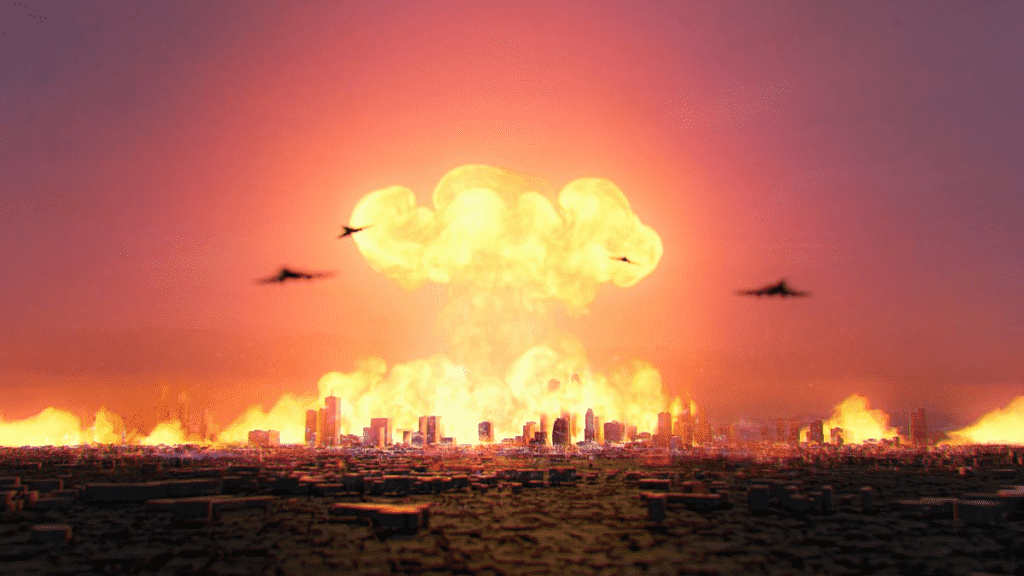Conflicts between the West and Russia erupted after President Vladimir Putin started his attack on Ukraine in late February. They worsened as the West began providing desperately needed military supplies to Ukrainian troops.
While it is unknown whether Putin will deploy nuclear weapons, the unfolding Ukraine situation has fueled fears of a nuclear war.
According to the International Campaign to Abolish Nuclear Weapons (ICAN), nuclear weapons are the most devastating, savage, and indiscriminate weapons ever created. A single nuclear bomb might be detonated over a large city, destroying millions of people within its radius. Thousands of such bombs would alter the global environment, leading to widespread starvation.

According to Christopher Minson, a research scientist who designed a program to assess the repercussions of a nuclear bomb attack on the United States, the fighting in Ukraine has resulted in a “huge surge in traffic” to his website.
According to Minson, the site has evolved into a proxy gauge for tensions between the two countries. He also said that he built the application as a civil administration to educate the public on the horrific effects of nuclear war.

An application on Minson’s website simulates a large-scale nuclear strike in the United States. The simulator illustrates what would happen if approximately 1,200 warheads—roughly 7% of the world’s stockpile—were to strike the Earth.
According to Minson, this is a reasonable explanation based on empirical facts and proven targeting strategies. However, an assault in real life can take many forms. Visitors can utilize the visualization feature to watch the two-hour attack unfold, with nuclear bombs hitting many military and government facilities and civilian neighborhoods. Each second in the simulation model is equivalent to one minute in real life.
Minson created the simulator utilizing a collection of leaked US targets and a database of warhead yields. He then built a second demographic data collection, connecting the inhabitants to targeted areas.

The simulation model illustrates the effects of nuclear explosions on the surface using well-known thermodynamics. It also promotes the dispersion of radioactive debris, which is nuclear waste that remains in the troposphere after a nuclear disaster. Furthermore, Minson states that all of these estimations are more challenging and depend on various parameters, including land earth science and development direction, weapon size, explosion height, and seasons, including weather forecast and wind velocity.
Minson stated that there is also the issue of interactions when multiple missiles hit the same target, which is a tricky topic that the US military has researched. He emphasized that the scenarios depicted in the simulator are only estimates of what might happen during a nuclear attack, mainly in the United States.
Minson has also introduced a second tool to the website that maps the impact of a single nuclear attack on a single target in the United States.
According to the Stockholm International Peace Research Institute, Russia and the United States currently have roughly 13,000 nuclear weapons.
As Minson asserted, these nuclear bombs did not come and go but propagated worldwide. However, the risk of those being used grows with each passing year as our arsenal expands and our world becomes more unstable.


